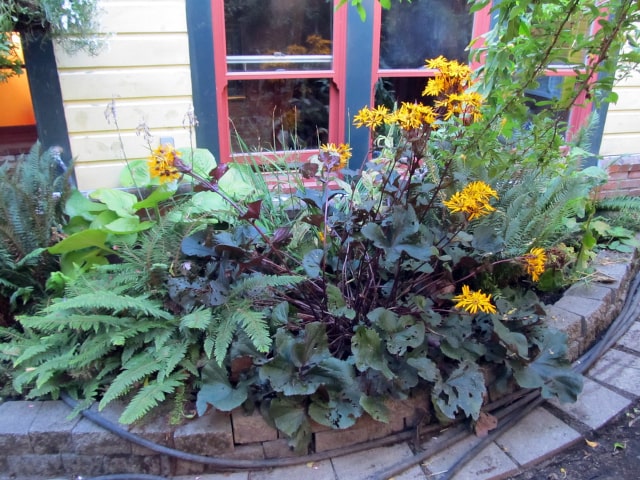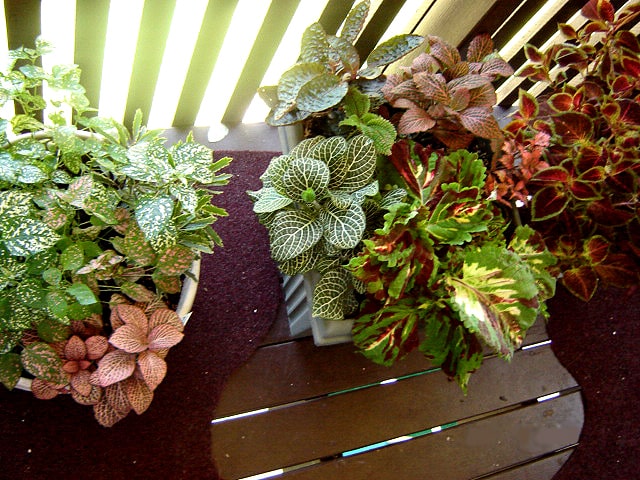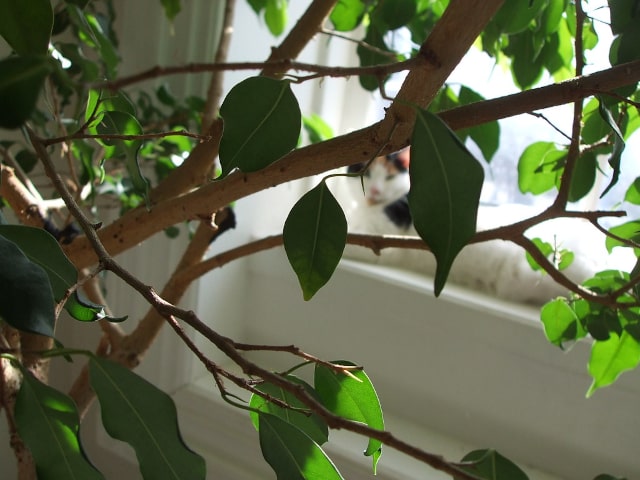
Gardening often means planting your chosen plants in areas with plenty of sun. Sunny spots are ideal for a wide number of plants. Some plants require bright sun from morning into the evening, while the others grow better if the sun is not so direct. Most plants, however, benefit from sunny environments. Some of the plants requiring the most warmth and sun are tomatoes, melons and peppers. They need plenty of light to thrive.
What happens if your garden is in a shade or a partial shade? It means you won't be able to grow many plants. However, not everything is lost. There are still many plants you can grow in the shade. This way, you won't have to give up on gardening just because your garden is not sunny enough.
General Requirements
Here are some general things you need to know about growing plants in the shade. Obviously, you should attempt this only with plants that are known to be tolerant to low light levels. What kind of plants are they?
Generally speaking, if a plant is grown for its stems, leaves or buds, chances are that it can tolerate shade and won't need too much sun. Plants grown for their roots or fruits typically need much more sun to thrive. However, it's important to know that there are many exceptions to these general rules. Many of the sun loving crops can also tolerate some shade, but will simply produce smaller yields. It may not be an ideal situation but it will allow you to grow these plants and receive some benefit from them.
Shade-Loving Plants
Here is a handy list of shade-loving plants. These herbs, vegetables and plants can be successfully grown with as little as three to six hours of sun per day. They are also very tolerant of shade, so if your garden is in a constant shade, these are good plants to try. Some of these plants will produce a smaller yield when grown in shade, but it won't affect the taste.
Vegetables:
- Lettuce
- Arugula
- Spinach
- Broccoli (may produce smaller yield)
- Collards
- Cabbage (may produce smaller yield)
- Endive
- Green onions
- Garlic
- Cauliflower (may produce smaller yield)
- Peas (may produce smaller yield)
- Beets (may produce smaller yield)
- Kohlrabi (may produce smaller yield)
- Brussels Sprouts
- Mustard greens
- Pak Choy
- Thyme
- Coriander
- Potatoes
- Sweet potatoes and yams (may produce smaller yield)
- Rhubarb (may produce smaller yield)
- Swiss Chard
- Beans (may produce smaller yield)
- Kale
- Turnips (may produce smaller yield)
- Carrots (may produce smaller yield)
- Radishes
Herbs:
- Parsley
- Sorrel
- Mint
- Cress
- Tarragon
- Cilantro
- Dill
- Lemon Balm
Fruits:
- Strawberries (may produce smaller yield)
- Blackberries (may produce smaller yield)
- Raspberries (may produce smaller yield)
Other Plants:
- Currants
- Cardamom
- Gooseberries
Additional Tips
Here are some things to keep in mind when growing shade-loving plants:
- In case trees and other plants are the source of shade, your garden plants will likely have to compete not only for light but also for water and nutrients.
- The amount of shade will likely vary by the seasons, because the angle of the sun changes. Observe your garden to see when there is more sunlight in the garden. You may discover that there's more sunlight in certain periods of the year.
- The amount of light your plants get can be increased with bright and light surfaces positioned nearby, such as white walls and fences.
- Morning shade is different than afternoon shade when it comes to the effect they have on plants. Some cool season vegetables actually prefer a lot of morning sun but they want shade during afternoon.
- Control the weeds. Plants in the shade will already be competing for light, water and nutrients with each other, so you don't want them to compete with weeds.
- If you prune nearby trees and bushes you can increase sun exposure your plants get.
- Keep in mind that light is more important in the north. Southern zones (such as zone 9) is more tolerant to shade than a northern zone (such as zone 4). Keep this in mind when choosing plants to grow in your garden.
- Certain areas of your garden with partial shade in the afternoon can extend the growing season for some cool season crops, especially if they are prone to bolting during heat. Lettuce is a prime example of this type of plant.
- Air circulation is important. Make sure that your plants get enough air. Branches and walls can block air flow, which in turn allows moisture to build up. This can encourage certain diseases. To prevent this problem, plant crops with enough space between them in the shady areas. Always make sure to water around the root area and never on the leaves from above can (watering directly on the leaves bring numerous problems).
Photo credit: daryl_mitchell




0 Comments